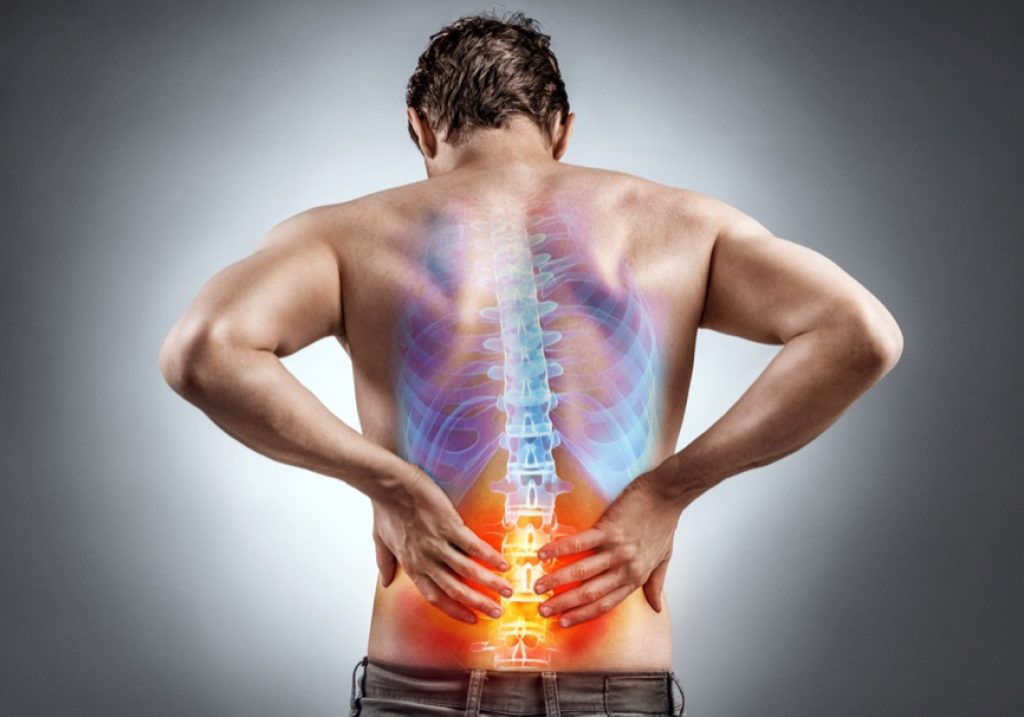
Chronic pain is an invisible obstacle that can significantly hinder one’s fitness journey and overall health. Unlike acute pain, which serves as a temporary alert to potential injury, chronic pain persists, creating a constant barrier to physical activity and well-being. In this blog post, we’ll explore the profound impact chronic pain can have on individuals striving to maintain or improve their fitness levels. We’ll discuss strategies to manage pain, stay active, and ultimately reclaim a sense of control over one’s health. Understanding the relationship between chronic pain and fitness is the first step toward navigating this challenging path, and we’re here to guide you through it.
Techniques for Pain Management
Managing chronic pain effectively requires a multifaceted approach, incorporating both medical interventions and lifestyle adjustments. One of the most critical steps in pain management is consulting with healthcare professionals who can tailor a treatment plan to your specific needs. This may include medications, physical therapy, or even acupuncture. A popular choice is a SCS Stimulator, which delivers low-voltage electrical stimulation to the spinal cord, disrupting pain signals and providing relief. Beyond medical interventions, there are also lifestyle changes that can help manage chronic pain. These include maintaining a healthy diet, getting enough sleep, and practicing stress-reducing activities such as yoga or meditation.
The Connection Between Chronic Pain and Fitness
The interplay between chronic pain and fitness is complex, as chronic pain can not only deter one from engaging in physical activities but also impact motivation and mental health. However, fitness, when approached correctly, can play a crucial role in managing chronic pain. Regular, moderate exercise can enhance muscle strength, flexibility, and endurance, which are essential components for pain management.
Activities such as swimming, walking, or low-impact aerobics can increase blood flow to affected areas, potentially reducing pain levels. It’s essential to start slow and gradually increase intensity under professional guidance to avoid exacerbating pain. Additionally, exercise releases endorphins, the body’s natural painkillers, which can elevate mood and reduce the perception of pain. Acknowledging and understanding this connection is vital in developing a balanced, effective approach to fitness that accommodates the unique challenges of living with chronic pain.
Importance of Tailored Exercise Plans
Creating a tailored exercise plan is paramount for individuals experiencing chronic pain. A one-size-fits-all approach to fitness can not only be ineffective but also potentially harmful, exacerbating pain or leading to injury. By working closely with healthcare providers and fitness professionals, one can devise an exercise regimen that not only respects the limitations imposed by pain but also capitalizes on movements and activities that can facilitate pain management and physical improvement.
Such personalized plans can include a variety of exercises designed to improve flexibility, strength, and cardiovascular health without putting undue stress on sensitive areas. The importance of listening to one’s body and making adjustments based on pain levels cannot be overstated. Tailored exercise plans provide the structure needed to engage in physical activity safely and consistently, making them a crucial element in the long-term management of chronic pain and the pursuit of a healthier, more active lifestyle.
Types of Exercise for Chronic Pain Management
When it comes to managing chronic pain through exercise, variety and moderation are key. Here are several types of exercise that have been found effective in managing chronic pain, each offering unique benefits:
- Aquatic Therapy: Immersing in water reduces the force of gravity that’s exerted on the body, making aquatic exercises especially beneficial for individuals with joint pain. The buoyancy allows for a greater range of motion with less discomfort.
- Low-Impact Aerobics: Activities like walking, cycling, or using an elliptical machine can increase heart rate without putting too much strain on the body. These exercises help maintain cardiovascular health, crucial for overall well-being.
- Strength Training: Building muscle strength helps support and protect the joints, reducing pain. Using light weights or resistance bands with controlled movements is beneficial; it’s important to focus on form and avoid overexertion.
- Yoga and Pilates: These practices focus on flexibility, strength, and mindfulness, which can help manage chronic pain. They encourage gentle stretching and strengthening exercises, promoting relaxation and stress relief.
- Tai Chi: Known as “meditation in motion,” Tai Chi is a sequence of flowing movements performed slowly and gently, accompanied by deep breathing. It improves balance, flexibility, and strength, with a strong emphasis on mental tranquility.
Before starting any new exercise regimen, individuals with chronic pain need to consult with a healthcare professional. They can help to ensure that the chosen activities are safe and tailored to fit an individual’s specific needs and limitations. Starting slowly and gradually increasing the duration and intensity of exercise can help prevent overuse and injury, making physical activity a more enjoyable and sustainable part of managing chronic pain.
Nutrition and Lifestyle Strategies
Good nutrition plays a crucial role in managing chronic pain and enhancing fitness levels. Adopting a balanced diet can help reduce inflammation, a common cause of pain, and provide the body with the nutrients required for healing and energy. Anti-inflammatory foods, including omega-3 fatty acids found in fish, antioxidants present in fruits and vegetables, and whole grains, should be integrated into daily meals. Furthermore, staying hydrated by drinking adequate water can also contribute to pain reduction and promote overall health.
In addition to dietary adjustments, lifestyle strategies such as maintaining a regular sleep schedule and engaging in stress reduction techniques are vital. Quality sleep rejuvenates the body, aids in the repair process, and can mitigate the intensity of pain felt during the day. Stress, often a trigger for chronic pain flare-ups, can be managed through practices like mindfulness, meditation, and deep breathing exercises. These not only help in combating stress but also enhance mental well-being, making it easier to cope with chronic pain.
By implementing these nutrition and lifestyle strategies alongside a tailored exercise plan, individuals dealing with chronic pain can improve their quality of life significantly. It’s about creating a holistic approach that addresses physical activity, dietary habits, mental health, and lifestyle changes, fostering an environment conducive to both pain management and enhanced fitness.
In conclusion, chronic pain and fitness are interconnected in a highly complex way. While chronic pain can impede one’s fitness journey, the right approach to exercise can alleviate symptoms and improve overall health. By seeking professional guidance and adopting tailored exercise plans, along with incorporating nutrition and lifestyle strategies, individuals can effectively manage their chronic pain while still pursuing an active lifestyle.

















Follow Us